The integration of Artificial Intelligence (AI) into the workplace has revolutionized the way we approach productivity and efficiency. From automating mundane tasks to providing deep insights into workflows, AI has emerged as a pivotal tool for businesses looking to thrive in the fast-paced, competitive modern environment. This shift towards an AI-enhanced workplace is not just a trend, but a transformative movement that is redefining the benchmarks of productivity.
Automating Routine Tasks
One of the most immediate impacts of AI in the workplace is the automation of routine and repetitive tasks. AI-powered software can handle duties such as data entry, scheduling, and even email responses, freeing up valuable human time for more complex and creative endeavors. This not only increases efficiency but also reduces the likelihood of human error. For instance, machine learning algorithms can process and analyze large datasets much quicker than a human could, with a consistent level of accuracy that does not diminish over time or with fatigue. By offloading these tasks to AI, companies can reallocate their human resources to areas that require a human touch, such as strategy and customer relations, thus maximizing the potential of their workforce.
Enhancing Decision Making with Data Analysis
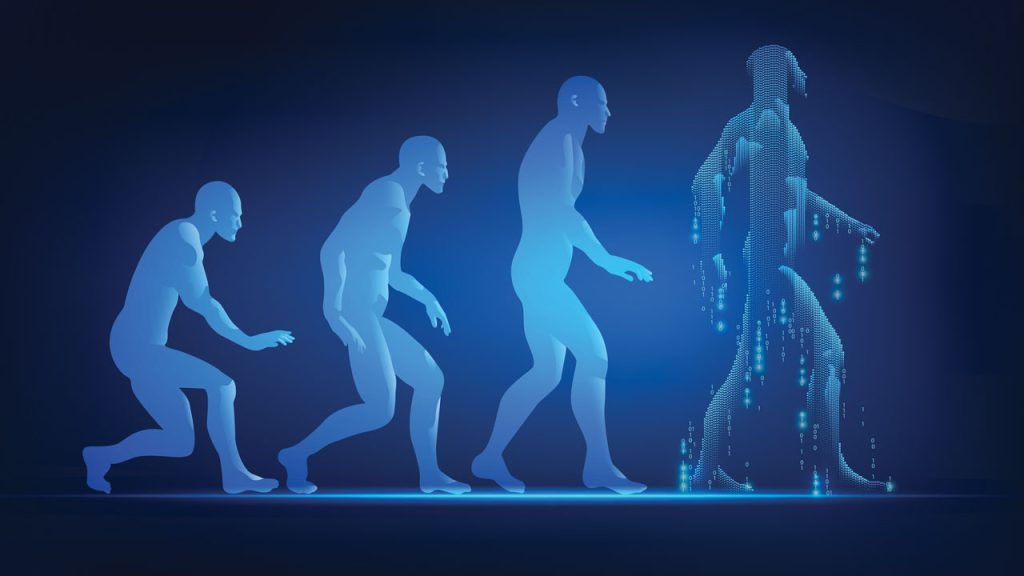
AI is not only a workhorse for mundane tasks but also serves as a sophisticated tool for data analysis. It can sift through vast amounts of information, identify trends, and provide actionable insights that would take humans considerably longer to uncover. This capability extends beyond just number-crunching; AI systems can perform sentiment analysis on customer feedback, predict market trends, and even assist in financial forecasting. These deep analytical abilities allow organizations to make informed decisions swiftly, staying ahead of the curve and responding proactively to the ever-changing business landscape. As a result, the decision-making process becomes more data-driven and less susceptible to oversight or biases, leading to outcomes that are beneficial for both the company and its clientele.
Streamlining Communication
Effective communication is the backbone of any successful enterprise, and AI is significantly improving this aspect by streamlining interactions within a company. AI-powered chatbots and virtual assistants can provide instant responses to employee queries, schedule meetings, and manage collaborative projects without the need for constant human oversight. This instantaneity and 24/7 availability enhance the flow of information, reduce bottlenecks, and ensure that all team members are on the same page, regardless of their physical location. Moreover, natural language processing (NLP) enables these AI systems to understand and respond to human language with increasing nuance, making them more user-friendly and efficient over time.
Fostering a Culture of Continuous Learning
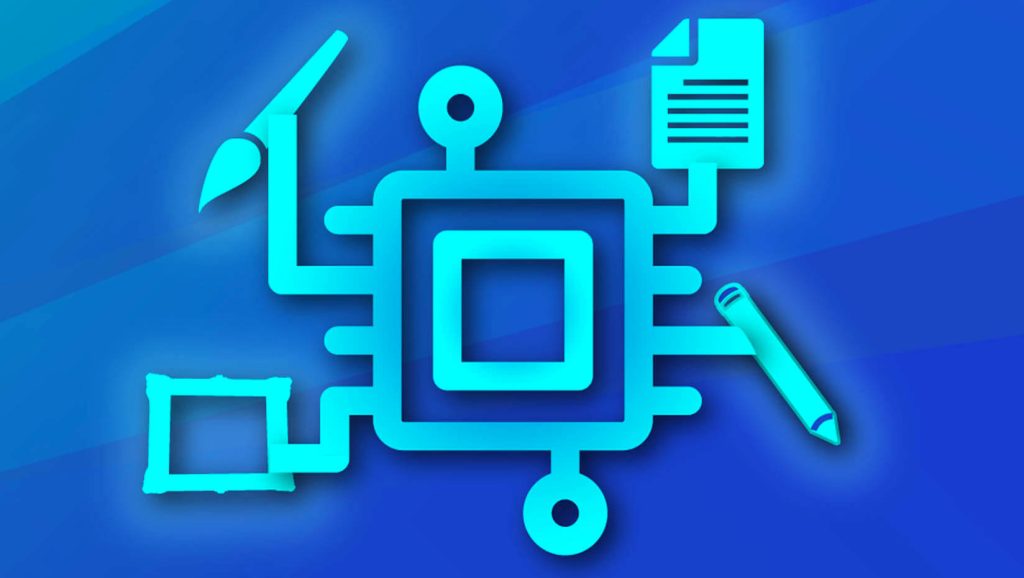
In an AI-enhanced workplace, the learning never stops. These technologies are not static; they continually learn and improve from the data they process. This attribute can inspire a culture of continuous learning among employees as well. AI can personalize training programs by identifying skill gaps and delivering tailored content that meets individual employee needs. Furthermore, by tracking progress and providing feedback, AI enables workers to self-improve consistently. The presence of AI in learning and development not only upskills employees but also keeps them engaged and motivated, which is key to maintaining a productive workforce.
Predictive Maintenance and Operational Efficiency
Finally, AI plays a critical role in predictive maintenance, ensuring that the machinery and tools businesses rely on are functioning optimally. By predicting equipment failures before they occur, AI helps avoid downtime and maintain operational efficiency. This is particularly vital in manufacturing and production industries, where equipment health is directly tied to productivity. AI-driven predictive models can schedule maintenance tasks effectively, manage inventory for spare parts, and even suggest improvements in the manufacturing process to extend the life of machinery. The ripple effect of this is enormous, leading to less wastage, reduced costs, and an overall more streamlined production line.
Incorporating AI into the workplace has become synonymous with enhancing efficiency and productivity. As we continue to explore and develop these AI systems, their role in shaping a more effective work environment becomes increasingly evident. The transformative power of AI is not just in its ability to do what humans can do faster but also in its potential to open up new avenues for growth and innovation that we are only just beginning to tap into.


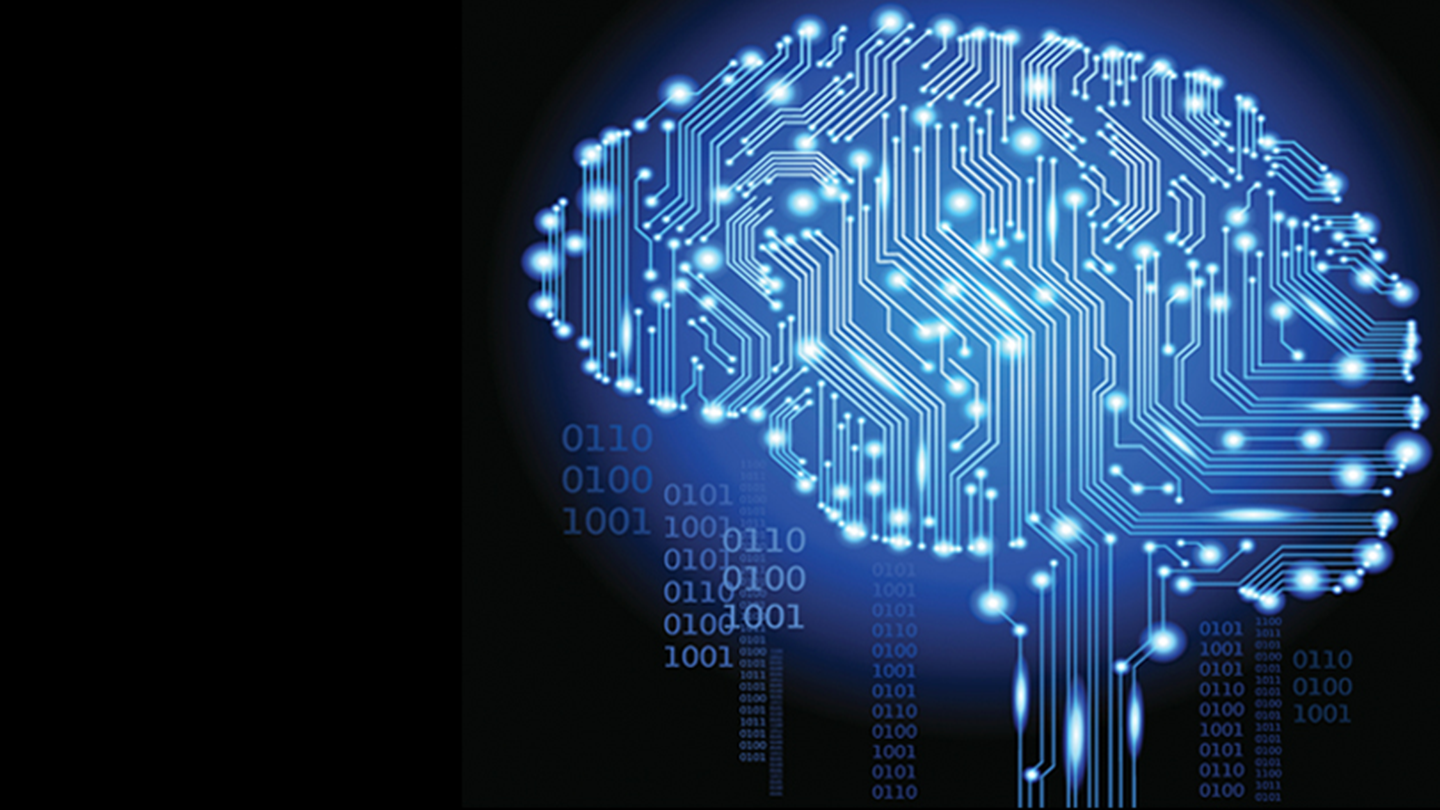
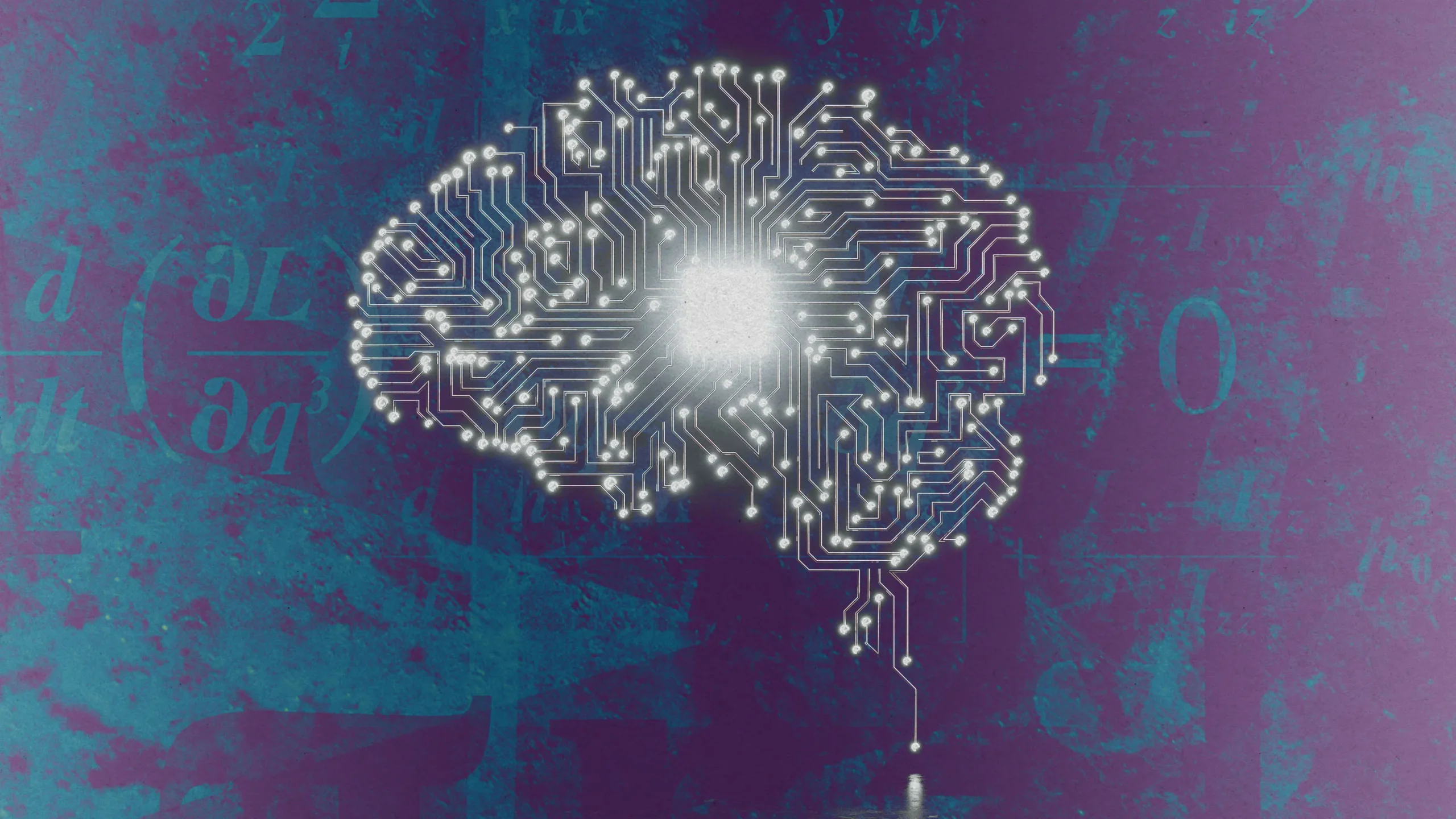
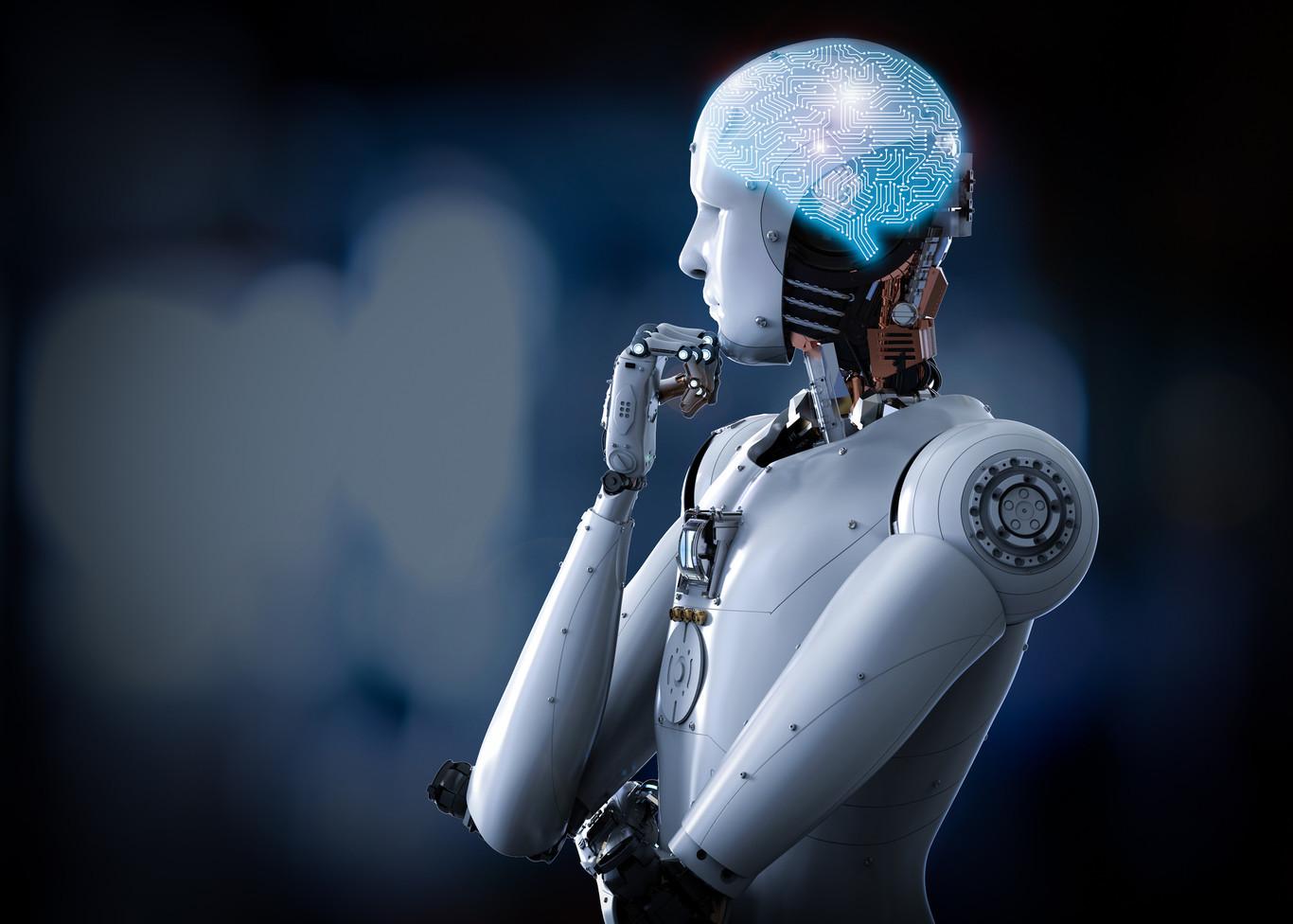
Leave a Reply